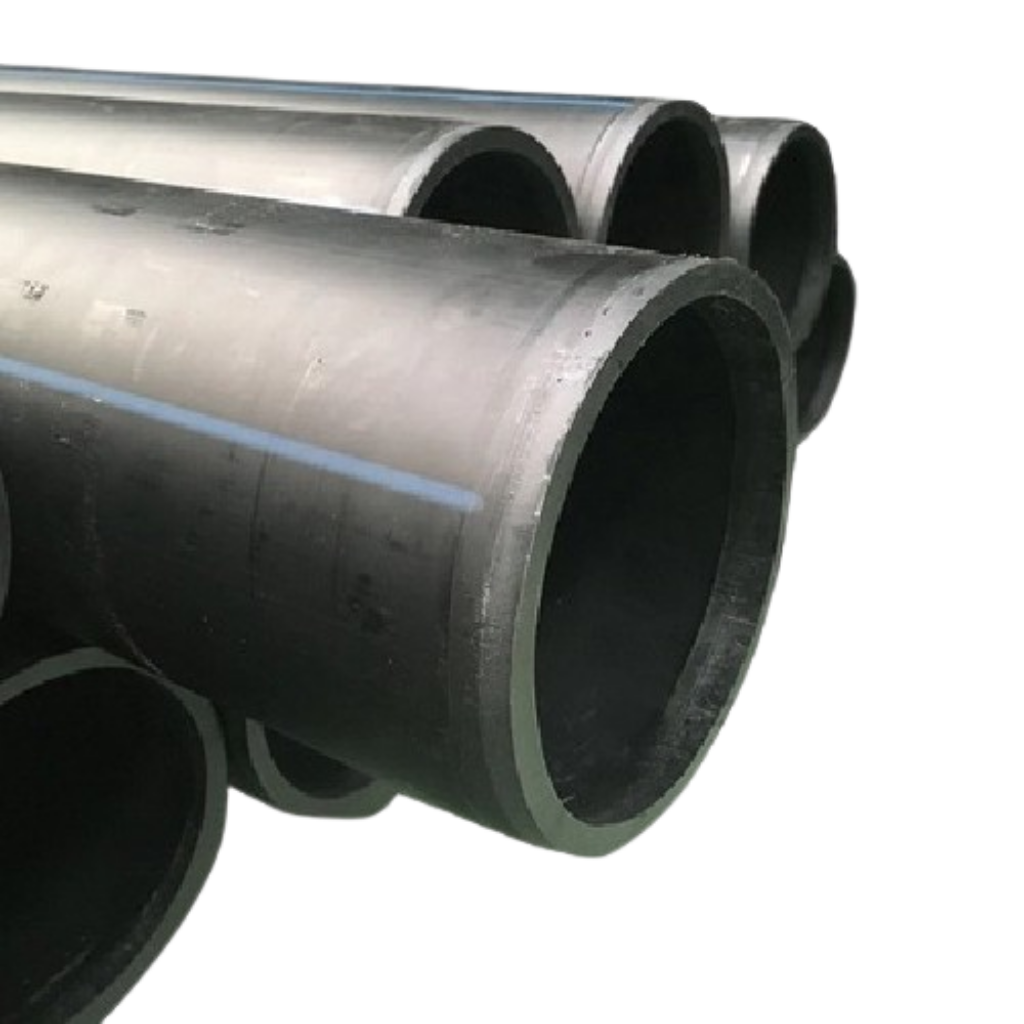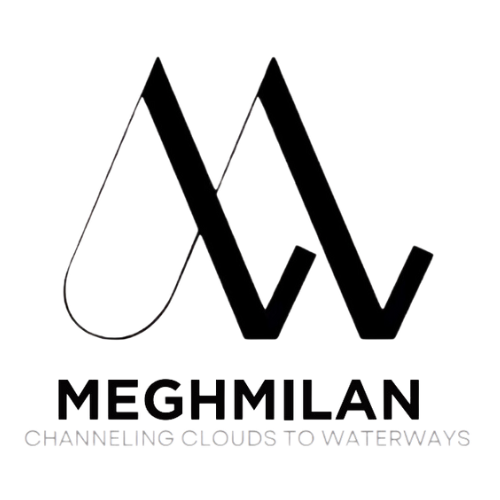160mm HDPE Pipe
The 160mm HDPE pipe is another commonly used size in various fluid transport systems, such as water, sewage, gas, irrigation, and industrial applications. Here’s a detailed breakdown based on the specified pressure ratings and other considerations:
Explanation of Pressure Ratings
4 kg/cm²: This rating is for low-pressure systems, like agricultural or residential irrigation.
6 to 10 kg/cm²: These are commonly used for standard water distribution systems, both municipal and commercial.
12.5 kg/cm² to 16 kg/cm²: Suitable for systems where higher pressures are expected, such as in industrial applications or potable water systems.
20 kg/cm² to 32 kg/cm²: Typically used for pipelines that handle liquids or gases at high pressures, such as in fire-fighting systems, oil & gas pipelines, and certain chemical industries.
Wall Thickness
The Standard Dimension Ratio (SDR) defines the relationship between the pipe’s outer diameter and wall thickness. The lower the SDR, the thicker the pipe walls.
| SDR Value | Approximate Wall Thickness (for 160mm pipe) |
|---|---|
| SDR 11 | ~ 14.5 mm |
| SDR 17 | ~ 9.4 mm |
- SDR 11: Common for high-pressure applications, providing good strength and durability for pipes subjected to significant internal pressure.
- SDR 17: Used for lower pressure systems, where the pipe is required to be more economical without compromising its basic functionality.
Applications
Water Distribution Systems: Used in both potable and non-potable water supply networks, especially in medium to high-pressure systems.
Sewage and Drainage Systems: Used for wastewater or stormwater systems due to its durability and resistance to chemicals and corrosion.
Gas Distribution: HDPE pipes are used in gas distribution networks because of their excellent resistance to gas corrosion and easy installation.
Irrigation Systems: Ideal for agricultural irrigation, where low to medium pressure is common.

